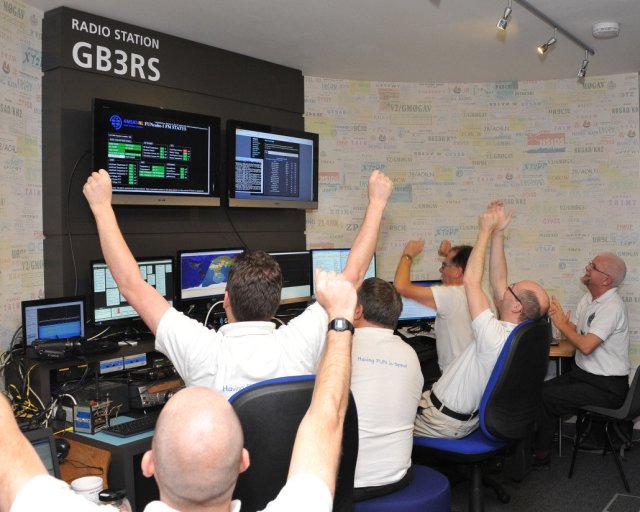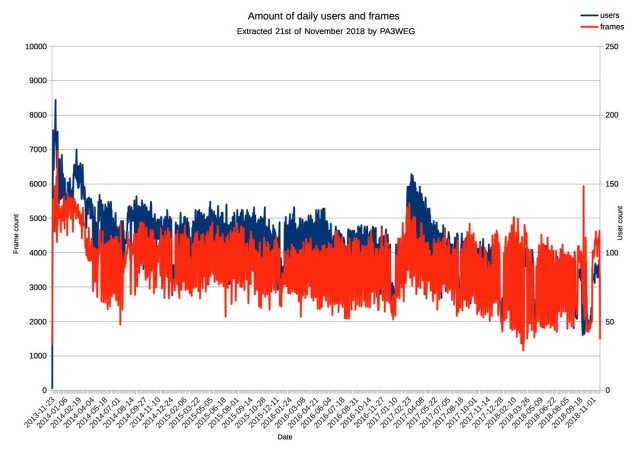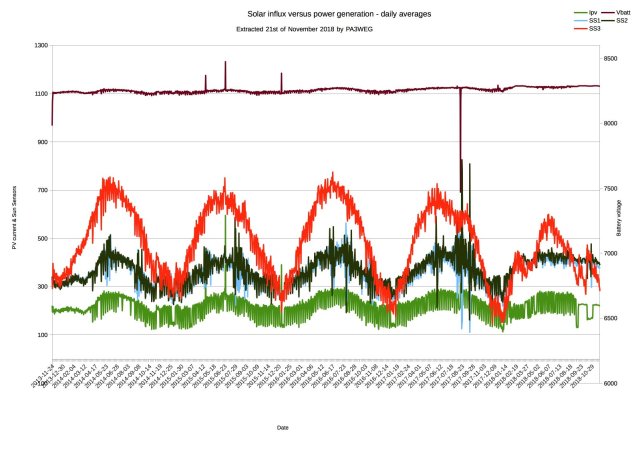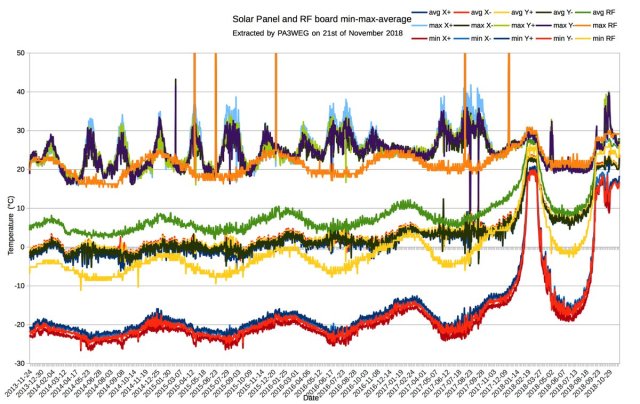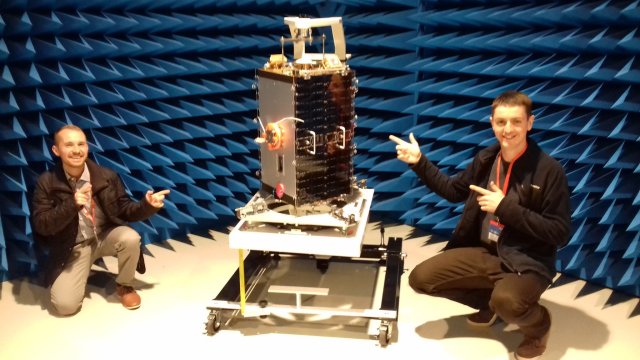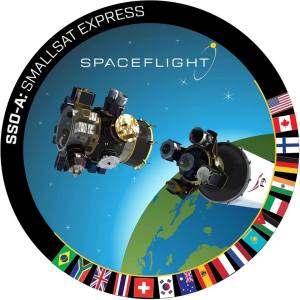FCC rejects AMSAT Orbital Debris Petition
 ARRL reports the FCC has rejected a Petition for Reconsideration that AMSAT filed 14 years ago, seeking to exempt Amateur Radio satellites from the FCC’s satellite orbital debris mitigation requirements.
ARRL reports the FCC has rejected a Petition for Reconsideration that AMSAT filed 14 years ago, seeking to exempt Amateur Radio satellites from the FCC’s satellite orbital debris mitigation requirements.
The ARRL story says:
The Commission took the opportunity in a Notice of Proposed Rulemaking and Order on Reconsideration, released on November 19, that revisits its orbital debris rules for the first time since their adoption in 2004. Among other things, AMSAT had argued at the time of its Petition that applying the orbital debris requirements to Amateur Radio satellites would be cost prohibitive, and that the FCC had not indicated what constitutes an acceptable orbital debris mitigation plan.
Acknowledging that time has made some of AMSAT’s arguments moot, the FCC said the costs involved with modifications to comply with post-mission disposal requirements “are justified when balanced against the public interest in mitigating orbital debris.” The FCC said it determined that closer adherence to the disposal methods described in the rules was “warranted in order to limit the growth of orbital debris” in low-Earth orbit (LEO).
“In any event, in the years since the debris mitigation rules were adopted, and notwithstanding any costs imposed by FCC regulations, well over 150 small satellites have been authorized, with at least 20 of those considered amateur satellites,” the FCC said in its November 15 Order on Reconsideration. “It appears that, to the extent that any costs have been incurred, the main contributor to costs for amateur and similar LEO missions has to do with the availability of launches to appropriate orbits.”
The FCC also said that in the years since the FCC issued its Orbital Debris Order, “numerous licensees, including amateur satellites operating in LEO, have successfully satisfied our orbital debris mitigation requirements.
FCC Notice of Proposed Rulemaking and Order on Reconsideration
https://docs.fcc.gov/public/attachments/FCC-18-159A1.pdf
2004 AMSAT Petition for Reconsideration
https://ecfsapi.fcc.gov/file/6516493220.pdf
2004 FCC Second Report and Order IB Docket No. 02-54
https://docs.fcc.gov/public/attachments/FCC-04-130A1.pdf
m5aka
AMSAT-UK



